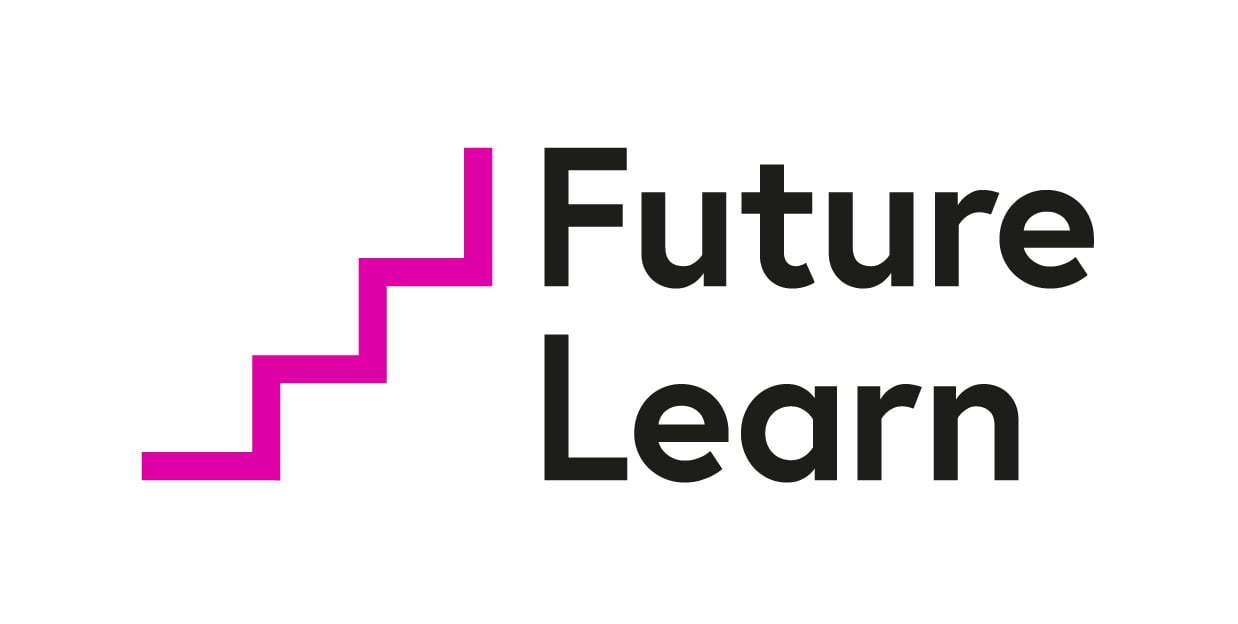Tracking Complex Conflicts
Posted 3 years 6 months ago by FutureLearn
Use conflict mapping to better understand the security environment
Complex conflicts involve a lot of side switching, in-group fragmentation, and coalition rivalries. Unless you understand the parties involved and have a sense of their motivations, these rapid-action changes can feel like walking on quicksand.
On this three-week course presented by Dr Aisha Ahmad, you’ll learn how to identify and map out the actors and interests in a complex conflict zone. Throughout the course, you’ll use Mali as a case study to examine a real-life conflict environment.
Discover the three main parties in a complex conflict zone
You’ll look at the dominant actors involved in conflict theatre: state, nonstate, and international. Focusing on the Malian conflict environment, you’ll distil complex information into useful categories, building three ‘actors’ charts to map the parties and their interests.
Investigate the different drivers of conflict
When mapping conflict, it’s vital to figure out what people want so badly they are willing to kill and die for it. By mapping the overall matrix of identified grievances, you can start to deduce what type of conflict you are dealing with.
This course will guide you through the social and material factors behind complex conflicts, specifically looking at what motivates rebel groups. You’ll delve into the identity, ideology, and economic grievances that can arise and how they overlap, continuing to use Mali as a case study to map these factors.
Where are the fault lines of conflict?
Once you’ve worked through who’s who and what they want, you’ll finish this course by looking at how these actors operate in the wider conflict system. From pro-government alliances to rebel alliances and even jihadist alliances, you’ll dive into the different types of coalition and how this hyper-fragmentation affects your conflict map.
This course is designed for anyone working or volunteering for an organisation engaged in a conflict-affected environment.
It will also be useful if you’re studying a related subject such as political science, public policy, or international business studies.
This course is designed for anyone working or volunteering for an organisation engaged in a conflict-affected environment.
It will also be useful if you’re studying a related subject such as political science, public policy, or international business studies.
- Develop a user-friendly tracking tool to monitor armed actors and their interests in a complex conflict zone.
- Extract and organize relevant data about armed actors, such as group composition, geographic reach, and primary motivations.
- Investigate the intra-and inter-group fault lines of conflict among armed actors, as well as their alliances and affiliations.
FutureLearn - Latest Courses
Brand Identity: How Branding Works and Building Your Personal Brand
- 3 weeks
- Online
Brand Personality: How to Tell Your Story with Authenticity and Relevance
- 3 weeks
- Online
Brand Purpose: Marketing Yourself and Building Meaningful Connections
- 3 weeks
- Online
Introduction to Data Engineering with Microsoft Azure 2
- 6 weeks
- Online
Introduction to Data Engineering with Microsoft Azure 1
- 6 weeks
- Online


